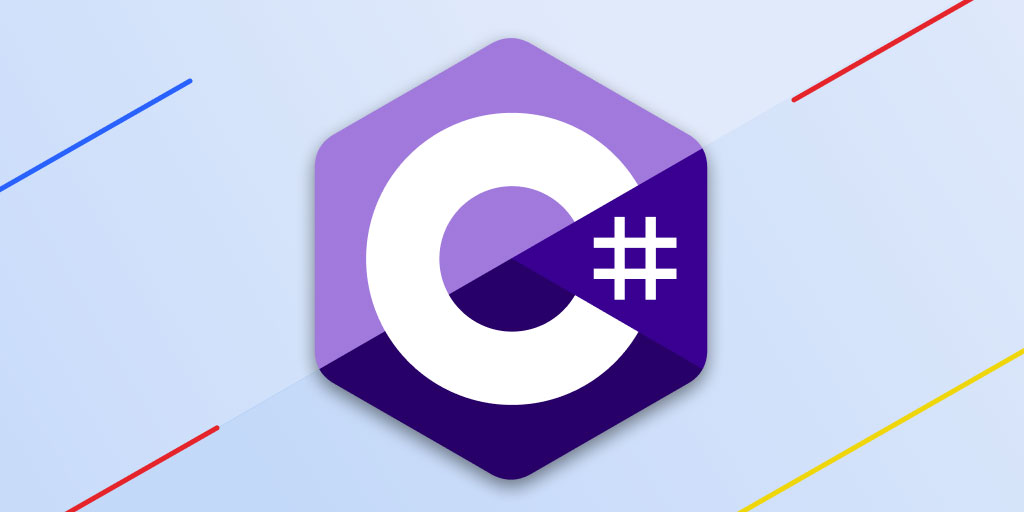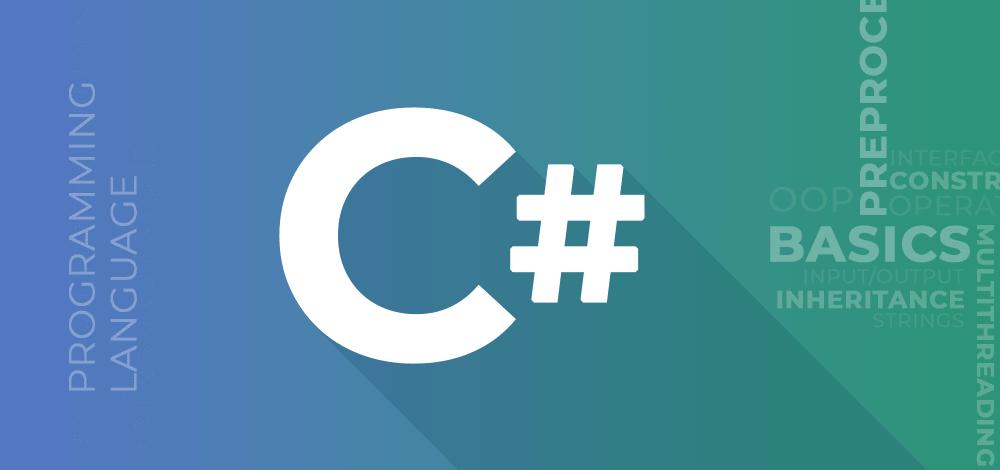Deep Dive into C# Generics Constraints and Covariance
Jul 12, 2025 am 02:00 AMGeneric constraints are used to restrict type parameters to ensure specific behavior or inheritance relationships, while covariation allows subtype conversion. For example, where T : IComparable

The generic constraints and covariation mechanisms of C# are a knowledge point that many developers cannot avoid when they advance. Many people think they are a bit abstract and even confusing when they first come into contact. In fact, as long as you understand the problems they solve, it will be much easier to use.

Why are generic constraints required?
Generics themselves are very flexible, but because they are too flexible, sometimes we want to limit the types passed in to ensure that they have certain behaviors or inherit from a base class. Generic constraints are needed at this time.

To give the simplest example: you wrote a method that you want to compare the types you passed, such as sorting. If no constraint is added, the compiler does not know whether the T passed in supports comparison operations. So you can write this:
public class MyList<T> where T : IComparable<T>
This means that T must implement IComparable<T> interface. This allows you to call T.CompareTo() method internally with confidence.

Common generic constraints include:
-
where T : class——Only reference type -
where T : struct——Only value type -
where T : new()——There must be a parameter constructor -
where T : SomeBaseClass— Must inherit from the specified class -
where T : ISomeInterface— An interface must be implemented
Multiple constraints can exist at the same time, separated by commas. new() is usually put last in sequence because of the syntax requirements.
What does covariance mean?
Covariance sounds very advanced, but in fact it is a kind of "subtype conversion". For example, if we know string is a subclass of object , can I use IEnumerable<string> as IEnumerable<object> ? Not possible by default unless this interface or delegate supports covariance.
In C#, if a generic interface supports covariance, you will see the writing of out T For example:
public interface IEnumerable<out T>
out T here means that this type of parameter is only used for output (return value) and cannot be passed in as method parameters. The advantage of this is that it allows implicit conversions, such as:
IEnumerable<string> strings = new List<string>(); IEnumerable<object> objects = strings; // Covariance takes effect
Note: Covariation is allowed only if type safety is guaranteed. In other words, it can only be read but not modified, otherwise it will destroy data consistency.
Common misunderstandings and precautions
Covariance only applies to interfaces and delegates
Classes do not support covariance or inversion. Only interfaces likeIEnumerable<out t></out>andIEnumerator<out t></out>are supported.-
The difference between out and in keywords needs to be clarified
-
out T: covariance, can only be used as return value -
in T: Inverter, can only be used as input parameters
-
Generic constraints cannot be added casually
For example, if you addclassconstraints toT, you cannot pass the structure in. Sometimes, for flexibility, there is no need to add constraints.Covariance is not a universal type conversion
AlthoughIEnumerable<string>can be used asIEnumerable<object>, it cannot be the other way around, that is a matter of inversion.
Basically that's it. Although generic constraints and covariance may seem a bit complicated, they all exist to solve practical problems: one is to control the type scope and the other is to enhance type compatibility. If you master these two points, the code you write will be safer and more flexible.
The above is the detailed content of Deep Dive into C# Generics Constraints and Covariance. For more information, please follow other related articles on the PHP Chinese website!

Hot AI Tools

Undress AI Tool
Undress images for free

Undresser.AI Undress
AI-powered app for creating realistic nude photos

AI Clothes Remover
Online AI tool for removing clothes from photos.

Clothoff.io
AI clothes remover

Video Face Swap
Swap faces in any video effortlessly with our completely free AI face swap tool!

Hot Article

Hot Tools

Notepad++7.3.1
Easy-to-use and free code editor

SublimeText3 Chinese version
Chinese version, very easy to use

Zend Studio 13.0.1
Powerful PHP integrated development environment

Dreamweaver CS6
Visual web development tools

SublimeText3 Mac version
God-level code editing software (SublimeText3)

Hot Topics
 How can Reflection be used in C# to inspect and manipulate types at runtime, and what are its performance implications?
Jun 13, 2025 am 12:15 AM
How can Reflection be used in C# to inspect and manipulate types at runtime, and what are its performance implications?
Jun 13, 2025 am 12:15 AM
Reflection is a mechanism for dynamically checking and operating types and their members at runtime. Its core uses include: 1. Obtain type information and create instances dynamically; 2. Dynamically call methods and access attributes, including private members; 3. Check the types in the assembly, suitable for plug-in systems, serialization libraries and other scenarios. Common usage methods include loading DLL to create objects, traversing attributes for unified processing, calling private methods, etc. However, the reflection performance is low, and the main problems include slow first calls, slower frequent calls, and inability to optimize inline. Therefore, it is recommended to cache the reflection results, use delegate calls or alternatives to improve efficiency. The rational use of reflection can balance flexibility and performance.
 How does pattern matching in C# (e.g., is expressions, switch expressions) simplify conditional logic?
Jun 14, 2025 am 12:27 AM
How does pattern matching in C# (e.g., is expressions, switch expressions) simplify conditional logic?
Jun 14, 2025 am 12:27 AM
Pattern matching in C# makes the conditional logic more concise and expressive through is expressions and switch expressions. 1. Use the is expression to perform concise type checks, such as if (objisstrings), and extract values ??at the same time; 2. Use logical modes (and, or, not) to simplify conditional judgments, such as valueis>0and
 What is the significance of the yield keyword in C# for creating iterators?
Jun 19, 2025 am 12:17 AM
What is the significance of the yield keyword in C# for creating iterators?
Jun 19, 2025 am 12:17 AM
TheyieldkeywordinC#simplifiesiteratorcreationbyautomaticallygeneratingastatemachinethatenableslazyevaluation.1.Itallowsreturningitemsoneatatimeusingyieldreturn,pausingexecutionbetweeneachitem,whichisidealforlargeordynamicsequences.2.yieldbreakcanbeus
 What is Dependency Injection (DI), and how can it be implemented in C# (e.g., using built-in DI in ASP.NET Core)?
Jun 30, 2025 am 02:06 AM
What is Dependency Injection (DI), and how can it be implemented in C# (e.g., using built-in DI in ASP.NET Core)?
Jun 30, 2025 am 02:06 AM
DependencyInjection(DI)inC#isadesignpatternthatenhancesmodularity,testability,andmaintainabilitybyallowingclassestoreceivedependenciesexternally.1.DIpromotesloosecouplingbydecouplingobjectcreationfromusage.2.Itsimplifiestestingthroughmockobjectinject
 What is the purpose of the IDisposable interface and the using statement in C# for resource management?
Jun 27, 2025 am 02:18 AM
What is the purpose of the IDisposable interface and the using statement in C# for resource management?
Jun 27, 2025 am 02:18 AM
The role of IDisposable and using in C# is to efficiently and deterministically manage unmanaged resources. 1. IDisposable provides Dispose() method, so that the class can clearly define how to release unmanaged resources; 2. The using statement ensures that Dispose() is automatically called when the object is out of scope, simplifying resource management and avoiding leakage; 3. When using it, please note that the object must implement IDisposable, can declare multiple objects, and should always use using for types such as StreamReader; 4. Common best practices include not relying on destructors to clean up, correctly handling nested objects, and implementing the Dispose(bool) pattern.
 How do lambda expressions and LINQ (Language Integrated Query) enhance data manipulation in C#?
Jun 20, 2025 am 12:16 AM
How do lambda expressions and LINQ (Language Integrated Query) enhance data manipulation in C#?
Jun 20, 2025 am 12:16 AM
LambdaexpressionsandLINQsimplifydatamanipulationinC#byenablingconcise,readable,andefficientcode.1.Lambdaexpressionsallowinlinefunctiondefinitions,makingiteasiertopasslogicasargumentsforfiltering,transforming,sorting,andaggregatingdatadirectlywithinme
 How can Span and Memory be used in C# to optimize memory usage and reduce allocations?
Jun 18, 2025 am 12:11 AM
How can Span and Memory be used in C# to optimize memory usage and reduce allocations?
Jun 18, 2025 am 12:11 AM
Span and Memory improve C# performance by reducing memory allocation. 1. Span avoids array copying and provides light references to existing memory, which is suitable for parsing binary protocols, string operations and high-performance buffer management; 2. Memory supports passing memory slices across asynchronous methods, which is suitable for scenarios where more flexible life cycles are required; 3. Both reduce GC pressure, optimize performance by reusing buffers and avoiding temporary copying; 4. Span is limited to use on the stack and cannot be stored in classes or used in asynchronous methods. Be careful to avoid reassignment operations such as calling.ToArray().
 What are nullable reference types (NRTs) in C# 8 , and how do they help prevent NullReferenceException?
Jun 21, 2025 am 12:36 AM
What are nullable reference types (NRTs) in C# 8 , and how do they help prevent NullReferenceException?
Jun 21, 2025 am 12:36 AM
Nullablereferencetypes(NRTs)inC#8 helpcatchNullReferenceExceptionerrorsatcompiletimebymakingreferencetypesnon-nullablebydefault,requiringexplicitdeclarationfornullability.NRTsmustbeenabledeitherinthe.csprojfilewithenableoratthetopofa.csfileusing#null






